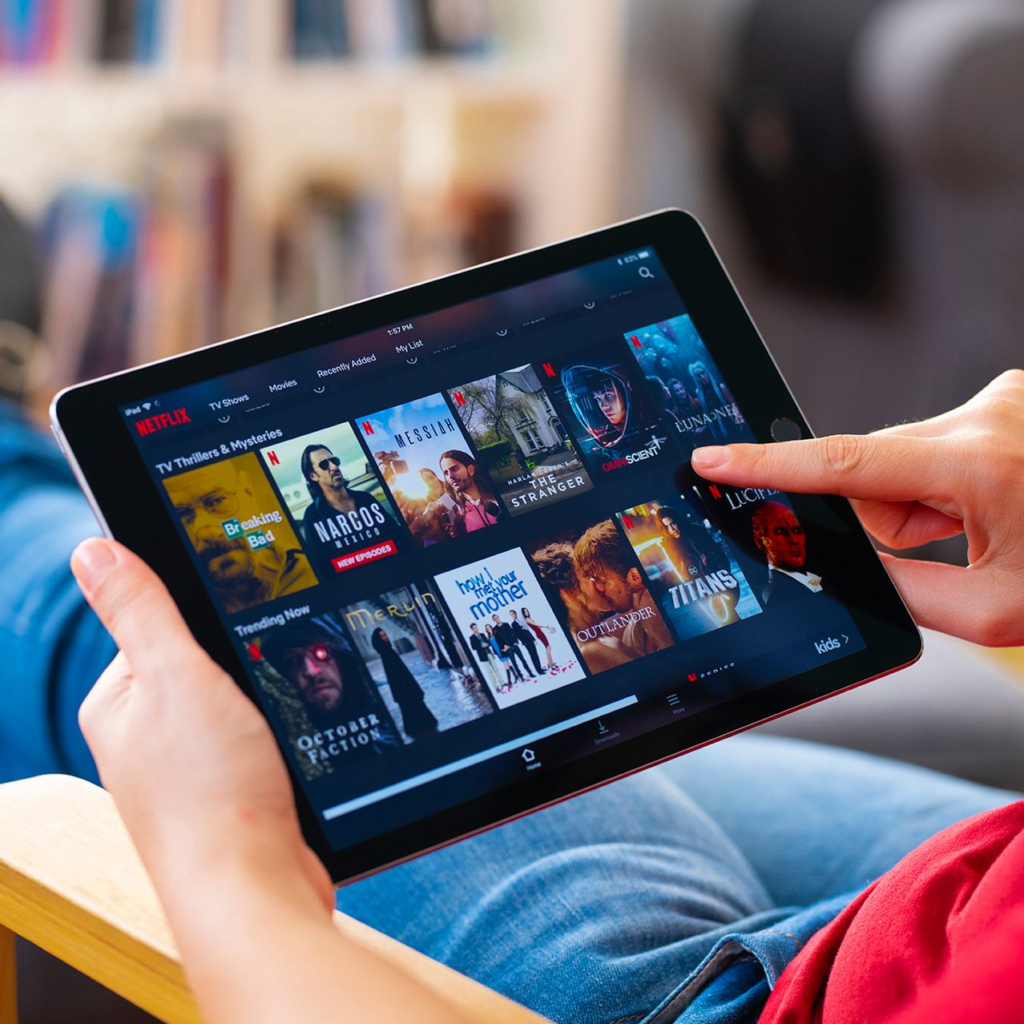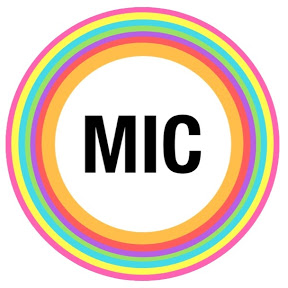
Photo Credit: The Wall Street Journal.
Lately, it seems as though every new show or movie advertisement is followed with the words, “Streaming on…”. Streaming services have become the new norm in entertainment, but that’s not necessarily a good thing when they begin to resemble one-giant media trust.
The Writer’s Guild of America (WGA) raised concerns about the phenomenon. Amidst their strike – which has now ended – the WGA released a 15-page report describing Disney, Amazon, and Netflix as “gatekeepers.” They explained, “Streaming video is now the dominant distribution platform for content, but it is largely unregulated, taking the problems of vertical integration and media consolidation to the extreme.”
While the WGA highlighted Disney, Amazon, and Netflix as the big three services, there are several others. Business Insider listed Hulu, Paramount Plus, Peacock, ESPN Plus, Apple TV Plus, Max, and Discovery Plus as just some of the other popular streaming services.
It’s hard to just buy one streaming service subscription and be satisfied. While there is some overlap between content, “all streaming services have some exclusive content… and the lineup of shows and movies can change,” according to Wired. As people desire a variety of content and want to watch the ‘originals’ of different services, they end up caving in to the pressure of purchasing multiple subscriptions. Statista explores how streaming services as a whole have only been on the incline in recent years. It said that “83 percent of consumers in the United States were using a subscription video-on-demand service in 2023, an increase of over 10 percentage points in five years,” with Netflix being the most popular service.
The Independent reported that as of August 2023, Netflix alone had about 238.4 million subscribers. Disney+ is the second largest subscription video-on-demand service worldwide with 146.7 million subscribers, according to Demand Sage. There can certainly overlap between these subscribers. Forbes explained that “the average person subscribes to 2.8 streaming services—with nearly 10% paying for more than five streaming services at any given time.” They also emphasized that not all of these services are even frequently used, with almost 50% of subscribers rarely using services that they pay for.
So, what’s the price ticket on these subscriptions? NerdWallet reported that “U.S. consumers spend about $54 per month on streaming services, according to a 2022 survey by J.D. Power.” Many of the services have different pricing plans, but going for a cheaper plan will cost you full access and/or will restrict you with advertisements. Netflix’s standard with ads plan, for instance, is $6.99 per month. Its regular standard plan is $15.49 per month and its premium plan is $20.00 per month. Extra member slots can be added to the latter two plans for an additional $7.99 each month. The cost adds up… and this is just one service. Netflix used to have an ad-free basic plan for $9.99 each month, but removed the option for new or rejoining customers back in July, according to USA Today.
The extra member slot is part of an effort to reduce password sharing. So, if a college student decides to dorm out of their home and cannot connect to their home WiFi, the family needs to pay an additional monthly fee for the student to stream TV (on top of college tuition and housing fees). TIME described this as a way to “increase revenue.” Disney+ and Hulu also have plans to regulate password sharing. They reported, “Disney, like other streaming services, is under growing pressure to boost profitability as subscription growth slows, consumers become more conservative in their spending and the economy shows signs of slowing.”
Streaming services compete with cable TV, but viewers can’t necessarily choose what they watch on cable or satellite TV. Cable and satellite are also losing content to streaming services, especially sports content. “Amazon has the rights to ‘Thursday Night Football,’ plus the new Black Friday game,” CNN reported. “And Apple has the rights to Major League Soccer and some Friday night MLB games.” Sports fans must decide if they want to choose cable, streaming services, or even both.
Why is this all a problem? Trusts are defined as “the organization of several businesses in the same industry and by joining forces, the trust controls production and distribution of a product or service, thereby limiting competition,” according to Encyclopedia. This streaming service trust can form into a greater monopoly, which is when a business has “total control over a sector of the economy, including prices.” Trusts and monopolies limit opportunities for small businesses and evidently, consumers are paying the price. Gizmodo explained that the WGA views Disney as controlling production, Amazon as controlling distribution, and Netflix as controlling employment. “Netflix locks in creators and makes it difficult if not impossible for creators to take shows off its platform, meaning that creators are often locked into noncompetitive agreements and poor licensing contracts,” according to Gizmodo.
Creating a solution isn’t an easy task, but the WGA proposed possible legislation to help prevent the streaming service trust from becoming a monopoly. In their executive summary, the WGA called on lawmakers to “block further consolidation, proactively investigate anti-competitive issues and outcomes, and increase regulation and oversight in streaming.”







